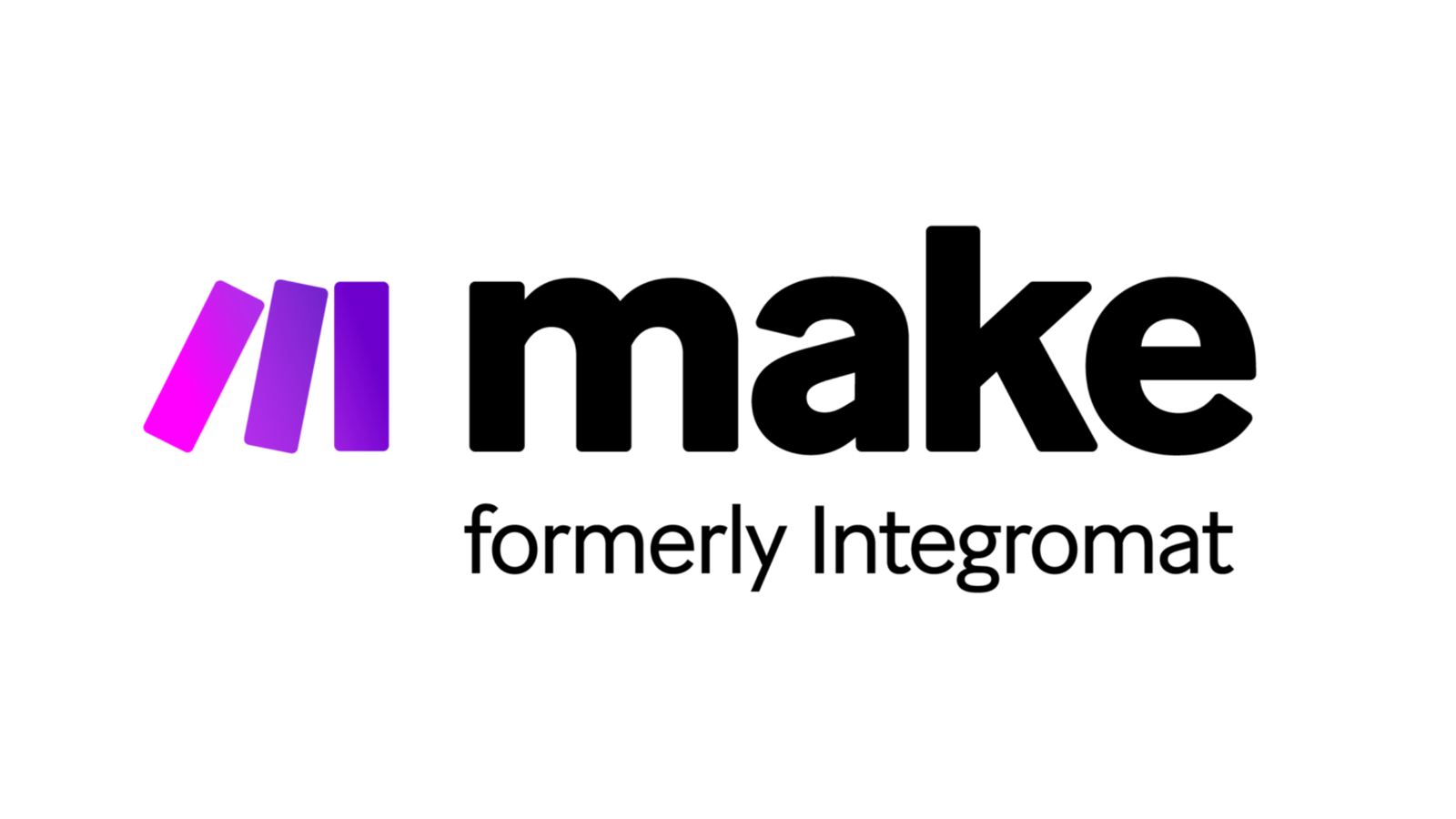Your Make.com automation may fail to post leads to Slack due to webhook misconfigurations, Slack app permission issues, incorrect module setup, or data mapping errors. Checking module logs, webhook responses, and Slack API limitations will help resolve posting failures and restore your lead notifications seamlessly.

When your Make.com (Integromat) automation fails to post leads to Slack, it typically indicates issues in your scenario setup, Slack API permissions, or data structure. Here’s how to systematically troubleshoot:
1. Check Slack Module Configuration
- Ensure your Slack module is connected correctly to your Slack workspace.
- Confirm the channel ID is accurate and the bot has access to post in that channel.
- If using a private channel, the bot must be explicitly invited using
/invite @botname.
2. Verify API Permissions
- Your Slack app should have
chat:writepermission to send messages. - If you recently changed app scopes or reinstalled, reauthorize the app in your Slack workspace.
- Check Slack’s rate limits if you are posting frequently; exceeding limits can cause silent failures.
3. Inspect Data Mapping in Make.com
- If your Slack message references dynamic data (e.g.,
{{Lead Name}}), ensure these fields are:- Present in the preceding module (e.g., webhook, CRM).
- Correctly mapped without null or empty values.
- Invalid characters (such as line breaks or unsupported markdown) in mapped fields may also cause failures.
4. Review Scenario Execution Logs
- Go to Make.com → Scenarios → Execution History.
- Look for the failed execution:
- Review the error message (e.g.,
invalid_auth,channel_not_found,no_text). - Check the payload sent to Slack for missing or malformed data.
- Review the error message (e.g.,
- Use these insights to correct configuration or data issues.
5. Test with a Manual Execution
- Run the scenario manually with test data to see if Slack receives the message.
- Use Slack’s API Tester to check if the payload is accepted outside of Make.com.
6. Check Webhook or Trigger Module
- If your scenario starts with a webhook:
- Confirm the webhook URL is correct and actively receiving payloads.
- Ensure the webhook payload structure matches your Slack module mapping.
- For CRM or form triggers, confirm that the data being captured is complete.

Common Issues to Watch For:
- Using a Slack user token instead of a bot token.
- Slack bot not invited to the channel.
- Exceeded Slack API rate limits.
- Missing mandatory fields in the Slack message module.
- Scenario is inactive or throttled.
Final Tip
After fixing, enable scenario notifications in Make.com to alert you of future failures immediately, ensuring lead flow visibility.
How Socinova Can Help
At Socinova, we assist agencies and businesses in setting up reliable Make.com and Slack integrations for automated lead delivery, error handling, and data accuracy across marketing workflows. If your Slack notifications are failing and disrupting your lead pipeline, we can audit and fix your automations to ensure you never miss a lead again.




